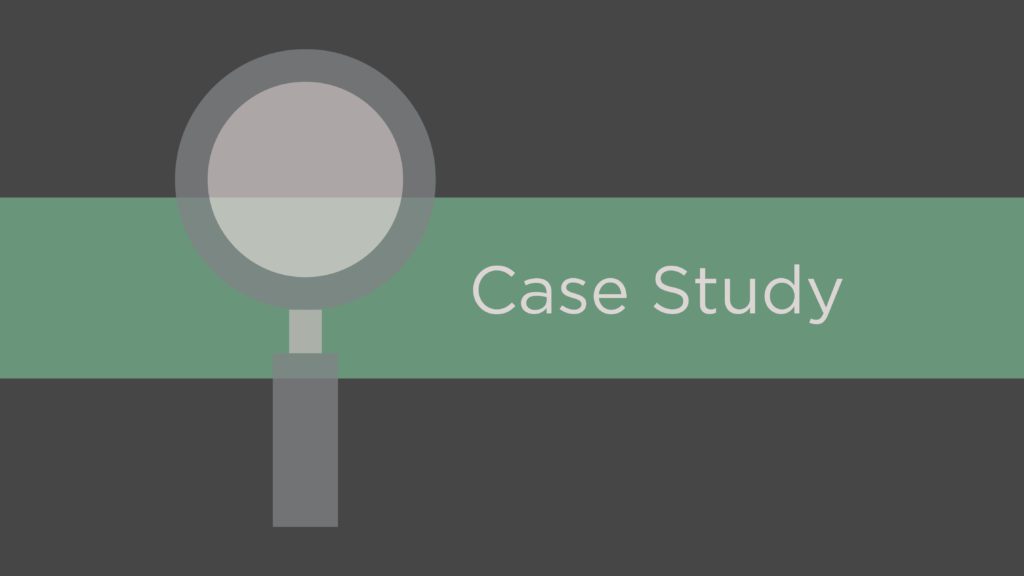The College Board reports that full-time students at private institutions typically paid almost $44,000 for tuition, fees, room, and board during the 2015-2016 academic year. That is the average, so costs at some private colleges and universities were well more than $50,000 per year. Higher education at public schools was much less expensive, but in-state students still spent nearly $20,000 for tuition, fees, room, and board, on average. All college costs continue to rise, so younger students probably will pay even more when they arrive on campus.
Now for the good news. The above numbers are all published costs, sometimes known as the ‘sticker price.’ The College Board also provides net prices, which may be more indicative of actual outlays by parents and students. The average net cost for public institutions falls from nearly $20,000 to just more than $14,000; among private schools, the average net price drops from almost $44,000 to $26,400.
Discounts & taxes
What accounts for the huge differences between published and net prices? The College Board estimates grant aid and education tax benefits in determining the net price. Grant aid is mainly discounts from a college’s published price; education tax benefits are the amounts a family saves from tax credits and deductions.
Example: Alan Burns attends a private college where the published tuition is $30,000. His room and board plan costs $10,000, so the total cost is listed at $40,000. Alan receives financial aid that reduces his tuition bill to $22,500. His parents also get $2,500 of higher education-related tax savings. Considering the $7,500 reduction in tuition and the $2,500 in family tax savings, this methodology puts the net price of Alan’s year of college at $30,000, not $40,000.
The College Board numbers for net prices are estimates. Some students will get more financial aid than others; some families will save more in tax from education-related benefits.
Calculate carefully
Many colleges offer net price calculators on their websites. Working through several of them can be a practical way to compare actual costs at different institutions. However, the numbers you will receive are based on estimates of financial aid. These net prices do not take possible tax savings into account.
In addition, check to see if a school’s net price calculator counts loans as financial aid. Yes, loans will reduce the current cost of higher education but they will probably have to be repaid, with interest.

